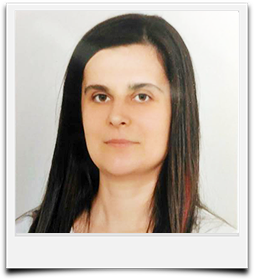 |
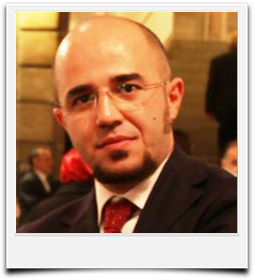 |
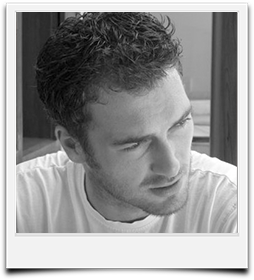 |
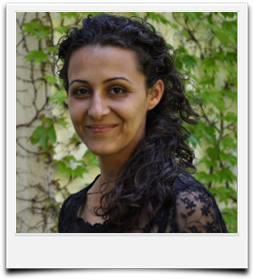 |
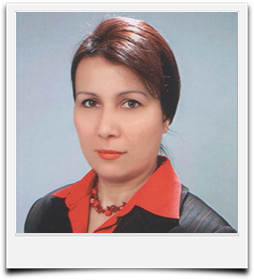 |
| Lecturer | Lecturer | Lecturer | Lecturer | Lecturer |
| Esra TAY | Kemal DEMİRTAŞ | Dr. M.Hamdi KAN | Özlem DURMAZ IRMAK | Sultan YILDIRIR |
| Head of Department |
Education Start Date: 2005
Program Language: Turkish
Quota of the Program: 60
Admission and Registration Conditions
1) The number of students to be admitted to associate and undergraduate education and their entry conditions are determined by the Council of Higher Education with the opinion of the relevant unit board and the proposal of the Senate. Registration dates and required documents for newly enrolled students are determined by the Student Selection and Placement Center (ÖSYM) and the University. (2) The student candidate registers himself within the specified period. However, the final records of the candidates who document their valid apology; Provided that they comply with the principles determined, legal representatives of those under the age of 18, those over the age of 18 can be made by persons authorized by a notary public or by a picture power of attorney to be obtained from our overseas representatives. Those who do not register to the relevant unit within the prescribed period lose their right to be a student of Akdeniz University. (3) Registration, admission and other procedures of foreign students are carried out in accordance with the relevant legislation and the principles determined by the Senate. (4) Students who are punished with expulsion from any higher education institution are not registered to the University.
Program Description
The Architectural Restoration Program is an associate degree program that provides formal education for 4 semesters, in which theoretical and practical courses are programmed in a balanced way and in line with the sector's needs, and gives priority to educating its graduates according to the real needs and expectations of the sector.
Purpose of the Program
To train qualified intermediate staff for all restoration/conservation works aimed at restoring our cultural values in Turkey and transferring them to future generations in a healthy way. The program in terms of content; architectural, archaeological, stone and wood restoration/conservation. The curriculum is prepared in this direction.
Vision
Being aware of the importance of preserving the Historical Cultural Heritage, one of the most fundamental riches of our country, and transforming it into an added value, serving the necessity of creating a private and public sector consisting of employees with the same vision constitutes the main vision of the program.
Mission
The main mission of the program is to increase the quality of the public and private sectors by raising intermediate staff who are aware of the fact that our Historical Cultural Heritage is as sensitive as it is rich, giving priority to conservation practices, and aware of the added value that our movable and immovable works can create for the country.
The Need of the Industry
The most important shortcoming of public and private restoration institutions, organizations and companies operating in our country is the inability to establish the "schooled-lady" balance and the failure to obtain the expected and/or desired efficiency, especially from the intermediate staff. Vocational Schools should also do their part in order to ensure that the qualified personnel trained in the master-apprentice relationship, which is the indispensable field of the sector, are not deprived of academic and theoretical formation.
Employment Opportunities
Graduates of the Architectural Restoration Program have an "Associate Degree Diploma" and receive the title of technician. He works as an intermediate technical staff between architects and masters at construction sites, in public institutions such as the Restoration and Conservation Central Laboratory of the Ministry of Culture, the Directorate of Surveying and Monuments of the Ministry of Culture, the General Directorate of Foundations, operating in restoration / conservation, in all museums and palaces, in archaeological excavation teams and can work in private companies.
Program Graduation Conditions
Students who fill 120 Credits from the Program Curriculum and Course Catalogue are entitled to graduate from the program.
Vertical Transition Sections
Graduates, 4 years with Vertical Transfer Exam, Tile, Handicrafts, Old Tile Repairs, Traditional Turkish Handicrafts, Traditional Turkish Arts, Interior Architecture, Interior Architecture and Environmental Design, Architecture, Cultural Heritage Conservation and Repair, City and Regional Planning, Illumination They can continue to the Illumination (Ornamentation) departments.
Son güncelleme : 26.07.2023 13:18:17
